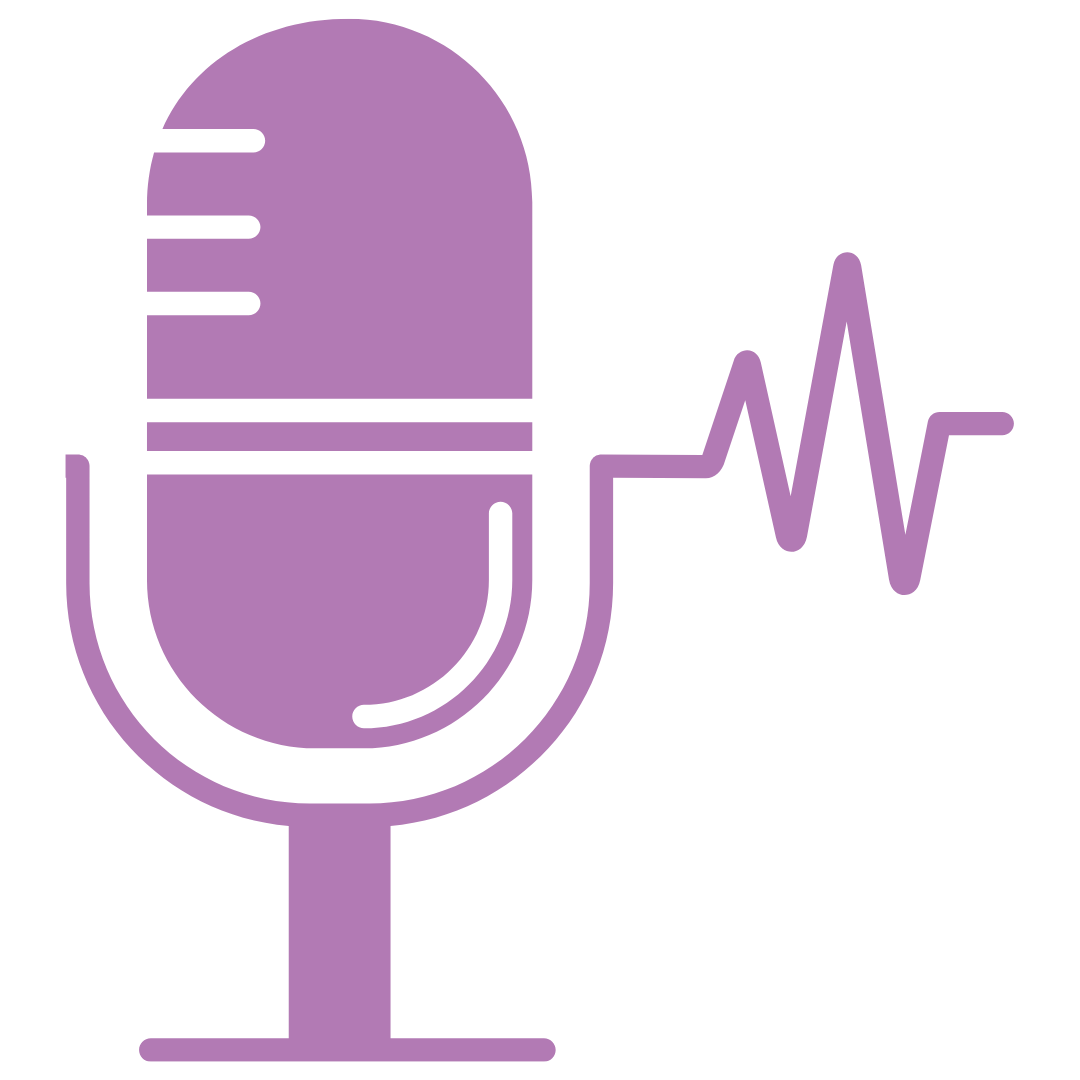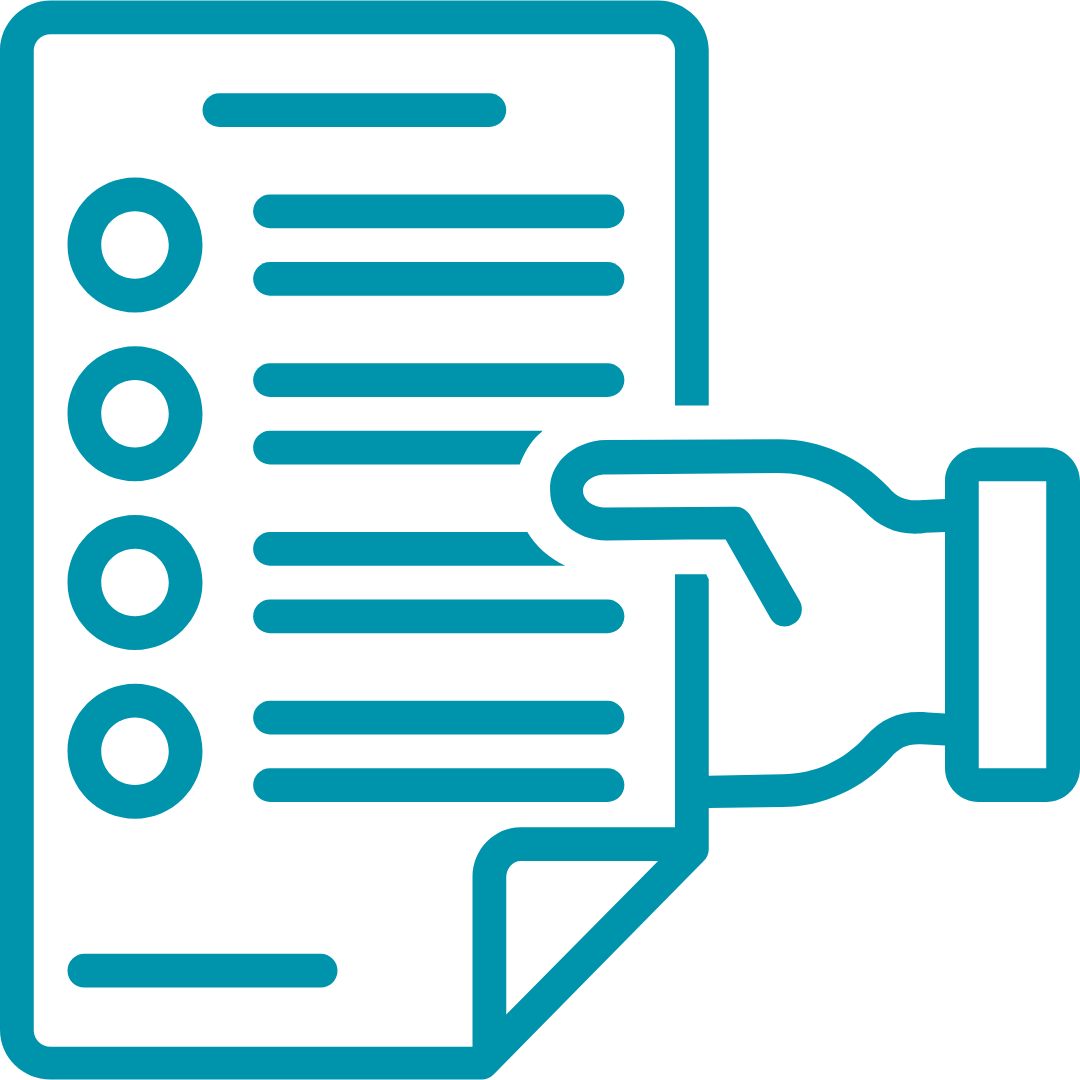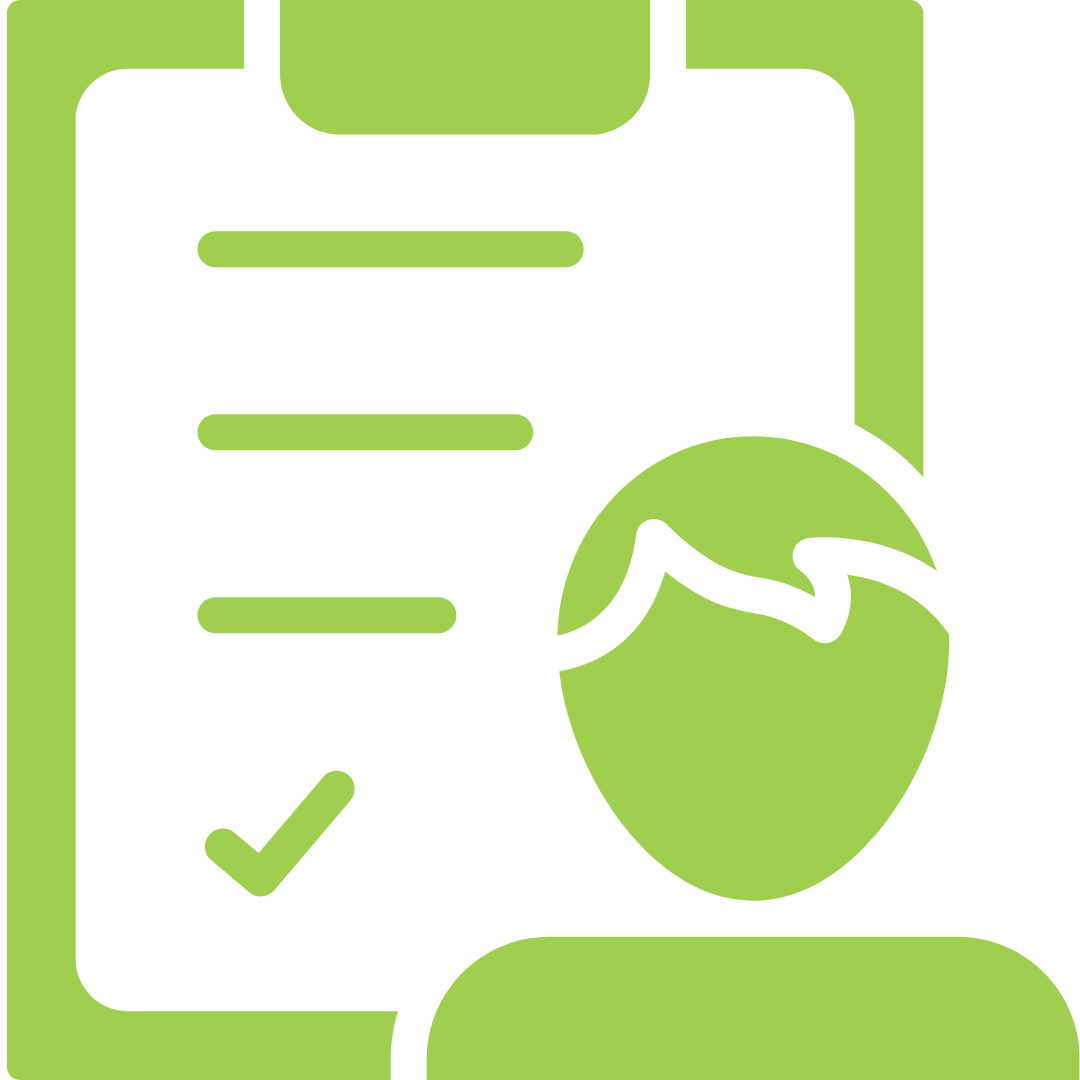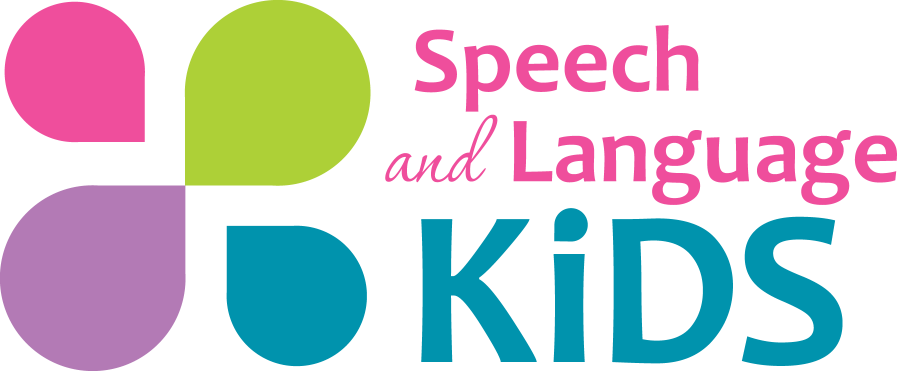In episode 24 of the Speech and Language Kids Podcast, Carrie Clark interviews speech-language pathologist Christine Ristuccia, founder of “Say it Right” about how to teach that tricky /r/ sound. This is great information for parents or SLPs!
Who Is Christine Ristuccia?
Christine Ristuccia, M.S., C.C.C.-S.L.P. is an experienced school-based speech-language pathologist. Christine obtained her Master of Science degree in communicative disorders at the University of Redlands, Redlands, California. Christine has extensive experience working with students dealing with a wide range of communicative disorders of all ages, from preschool through adulthood. She is also a nationally known speaker, having made numerous presentations at state speech and hearing organization events.
Christine founded a company called Say it Right™ which offers a comprehensive selection of products and solutions designed to help speech-language pathologists (SLPs), teachers, special educators, and English-as-a-Second-Language instructors overcome challenging speech and language-learning challenges with their students, while having fun! Our flagship product,The Entire World of R™, is an innovative product for teaching the eight variations of the /r/ phoneme.
When To Start Working on /r/ With a Child?
- As early as 5 years
- You must follow your school district’s rules on when they can qualify
- The earlier the better!
- If they are stimulable, work on it as early as 5 years
- Use the Entire World of /r/ Advanced Screening to see if they are ready
What is the First Step in Working On /r/?
- Screen all 32 variations of /r/ in all word positions in single words, phrases, and sentences
- Variations include: /r/ at the beginning of the word, “air”, “ar”, “or”, “ear”, “er”, /r/ blends and “rl” in all word positions
- Each variation requires a slightly different tongue position so they must be treated separately
- Look for words that the child can already produce a good /r/ with
- Determine the child’s natural tongue position in the words they can already do (if you can)
- Two different ways to produce /r/, retroflexed tongue and mountain tongue
- Try looking in their mouth when they say the good words or make them aware of how their mouth feels when they are saying that good sound
How to Begin Therapy:
- Write down all of the words they produced correctly on the screening and that becomes your warm-up list. Say these words at the beginning of each session and send home as homework.
- Talk about how the child’s jaw, tongue, mouth feel during correct productions
- Have them listen to their own productions and hear the difference between good and bad /r/ sounds
- Choose one /r/ variation (in one word position-initial, medial, or final) that they were able to do in some words but not consistently to be your target.
- Finish each session with the warm-up list again so they end with success
How to Teach/Practice the /r/:
- Practice word lists with that /r/ variation
- Use picture cues, verbal prompts, etc.
- If having trouble training that /r/(if not successful in first 5-10 minutes), choose another /r/ or use materials to help, such as those from Chrsitine’s company:
Entire World of /r/ Book of Elicitation Techniques
- Once the child can produce that variation in single words (in one position only), move onto phrases and then sentences
What Next?
- When the child has mastered words from your word list at 80% in the sentence level, you will do the following:
- Add those words to the “correctly produced word list” that you use for warm-ups
- Re-administer the screening to see which /r/ variation you should target next
- At the beginning of each session, let the child talk for 1 minute and write down any /r/ words that you hear them produce correctly. Add those to your warm-up list.
How to Work on Conversational Speech:
- Talk about generalization in conversation throughout the entire course of therapy
- Have the child talk about their weekend using the words on the correctly used word list
- Structured conversation should be worked on every time, you can do this on the way to speech
- Listen for the /r/ sounds that you have already been working on, you don’t have to work on all /r/ sounds all the time
- Involve the teachers and parents in the process so they can help practice in other settings as well
- Have other children in the group listen to the other children’s productions so they can listen for good and bad /r/ sounds to improve hearing and monitoring
Links from Today’s Episode
All of Say It Right’s /r/ Products:
http://www.sayitright.org/articulation/entireworldofr.html
Advanced Screening:
http://www.sayitright.org/advancedscreening.html
Elicitation Techniques:
http://www.sayitright.org/ET.html
Entire World of /r/ Program:
http://www.sayitright.org/EWR-072.html
Evaluation Support Program:
http://www.sayitright.org/vocalic_R_Evaluation_Support.html
Find more about Christine:
More Resources for Speech-Language Pathologists:
Looking for more therapy ideas and resources to help you provide the BEST services to your clients? Join us in The SLP Solution, our membership program for speech-language professionals! Inside the membership, you’ll find:
- Step-By-Step Guides for teaching a variety of speech/language/communication skills
- Pre-Made Worksheets and Therapy Activities for hundreds of different topics
- Training Videos for dealing with difficult disorders or problems
- Answers to Your Questions in our exclusive SLP community
- Tools and Resources to help you with your paperwork and admin tasks
- Continuing Education through our monthly webinars and webinar recordings
To join us in the full SLP Solution, or to snag a free membership, click on the button below!
Podcast: Play in new window | Download | Embed
Subscribe: Apple Podcasts | RSS







Thank you so much for that interview. I found it to be very practical and useful. I am an SLP working in a private elementary school. I was happy to hear many ideas that I already do with my “r” students and I also learned a few new ideas. Thanks
I love this approach! Very clever and convenient! Thank you for all of your hard work. I appreciate it! And want this type of media exchanging of ideas from our colleagues.
Respectfully,
Pamela
I’m happy to be in a position that I can facilitate this type of information exchange!!
Thanks so much! I’m a grad student with an upcoming /r/ client, so listening to this interview was very helpful 🙂
Excellent! Glad it helped!!
I really enjoyed the podcast for /r/. It is encouraging to know that I am doing some of the right things, but could be doing more. Very thorough podcast and good questions. Thank You!
Wonderful! Glad you liked it! Christine is creating an /r/ course on her own site right now as well!
How can I completly clear my R World
Please help me
Hello, Shahid-
Thank you so much for reaching out. Unfortunately, we get a ton of questions every day about how to solve specific speech/language problems. Since we have such a small staff, we aren’t able to answer every question that comes through on the website, social media, or via email. If you are a parent, we suggest you reach out to a local speech-language pathologist who can work with your child directly and answer your question.
If you are another speech-language professional, we have created a membership where we pay a full staff to answer questions like this on a regular basis. We would be more than happy to answer your question inside the membership program. We’re able to answer more questions in here because we have a full library of questions that we’ve already answered so our staff can either link you to the answer if it exists, or write you a custom response if needed. We’d love to see you inside the membership!
Click Here to Become a Member: https://www.slpsolution.com/pediatric-signup/